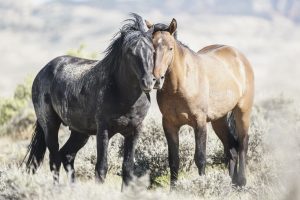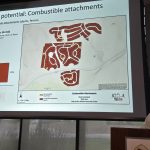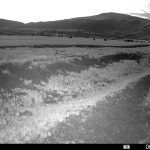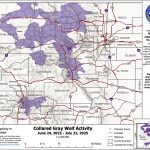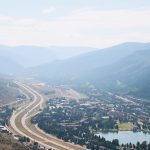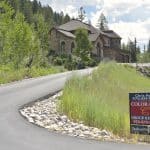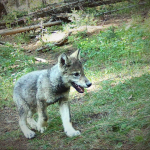Latest Sand Wash Basin roundup results in removal of 42 wild horses
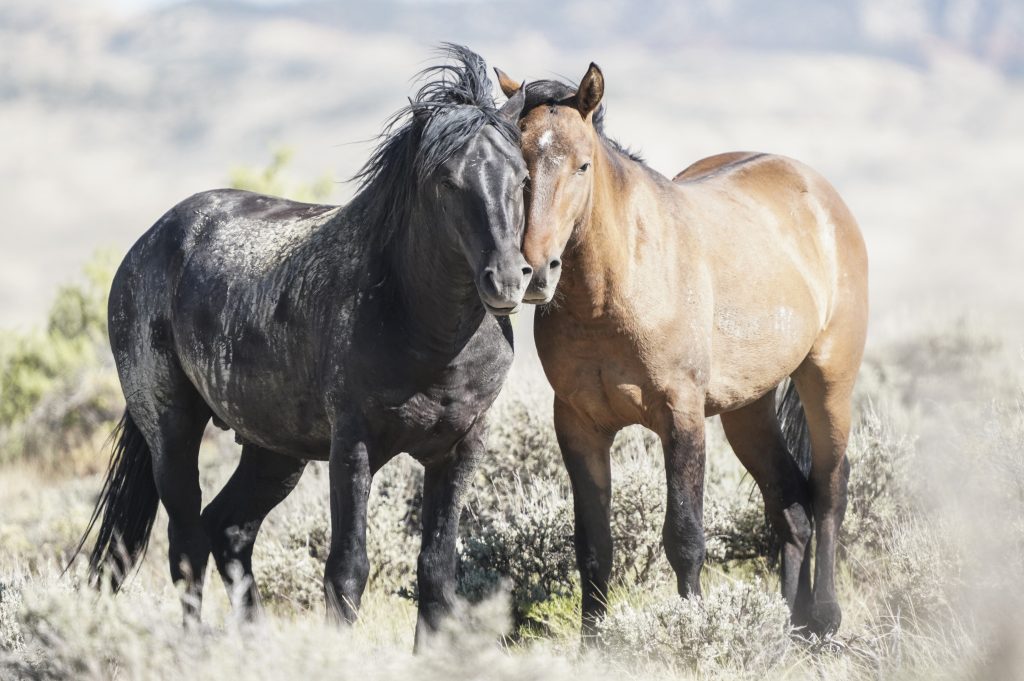
Eli Pace/Steamboat Pilot & Today archives
The Bureau of Land Management on Wednesday concluded its July bait-and-trap operation in the Sand Wash Basin Herd Management Area in Northwest Colorado, with 38 wild horses removed from their habitat and transported to the Canon City holding facility.
Completion of this roundup was part of an ongoing removal effort that began in September, when four horses were removed — bringing the full roundup total to 42.
While the latest roundup avoided use of helicopters, American Wild Horse Conservation and advocates remain concerned about continued reliance on removals — especially as Colorado has already invested in a science-based, humane alternative.
AWHC is also urging the BLM to collaborate with state and local groups to ensure all captured horses are placed in safe, permanent homes and avoid adding to the growing population in federal holding facilities that can have unsafe conditions or be short-staffed.
“Colorado has the tools and leadership to manage wild horses without removing so many from their homes. It’s time for the BLM to follow that lead and prioritize fertility control over removals,” said AWHC Executive Director Suzanne Roy. “With new state laws and funding in place — and an eight-member professional darting team — Colorado has a new model for humane wild horse management — it’s time to fully implement it.”
In recent years, Colorado Gov. Jared Polis and state lawmakers have championed legislation — SB23-275 and HB25-1283 — investing in fertility control and creating an eight-person professional darting team dedicated to humane, on-range population management.
Additionally, urgency for transformation from off-range management to on-range conservation is mounting as federal funding is subjected to budget cuts. AWHC is urging Congress to maintain FY26 funding for the BLM Wild Horse and Burro Program as the House Interior Bill moves to full committee and eventually a floor vote. With more than 62,000 wild horses and burros already in overcrowded, strained federal holding facilities, funding is much needed for on-the-range solutions, according to the AWHC.
“By using fertility control and bait traps, we can reduce the frequency and scope of helicopter gathers in Sand Wash Basin,” said BLM Northwest District Wild Horse and Burro Specialist Tyrell Turner. “The communications and relationships with our partners during trapping have allowed us to be successful managing wild horses in Sand Wash at sustainable levels”
According to the BLM, the appropriate management level of the HMA is 162-362 wild horses, with a current population estimate, after the 2025 gather, of 402 wild horses. BLM Colorado is near or at AML in three out of four designated wild horse management areas in Colorado.
The Sand Wash Basin HMA is located about 45 miles west of Craig, in Moffat County, on approximately 158,000 acres of public land.
Last year, BLM Colorado embarked on a unique approach in partnership with local friend groups and the state to manage wild horse population in balance with other public land uses while reducing frequency and scope of wild horse gathers. The 2025 bait trap gathered 18 stallions, 19 mares and five foals in 10 days.
“The team safely gathered 42 horses this year due to favorable environmental conditions and a safe and effective operation for horses and personnel at the permanent trap constructed in 2024,” said BLM Northwest District Manager Robert Swithers.
The BLM reports that partners spent many hours with BLM staff at the trap site to support identification and release of horses for a diversity of features deemed desirable in the herd, including age, color, body type and gender. For more information: blm.gov/programs/wild-horse-and-burro/herd-management/gathers-and-removals/colorado-northwest-do-little.

Support Local Journalism

Support Local Journalism
Readers around Steamboat and Routt County make the Steamboat Pilot & Today’s work possible. Your financial contribution supports our efforts to deliver quality, locally relevant journalism.
Now more than ever, your support is critical to help us keep our community informed about the evolving coronavirus pandemic and the impact it is having locally. Every contribution, however large or small, will make a difference.
Each donation will be used exclusively for the development and creation of increased news coverage.

